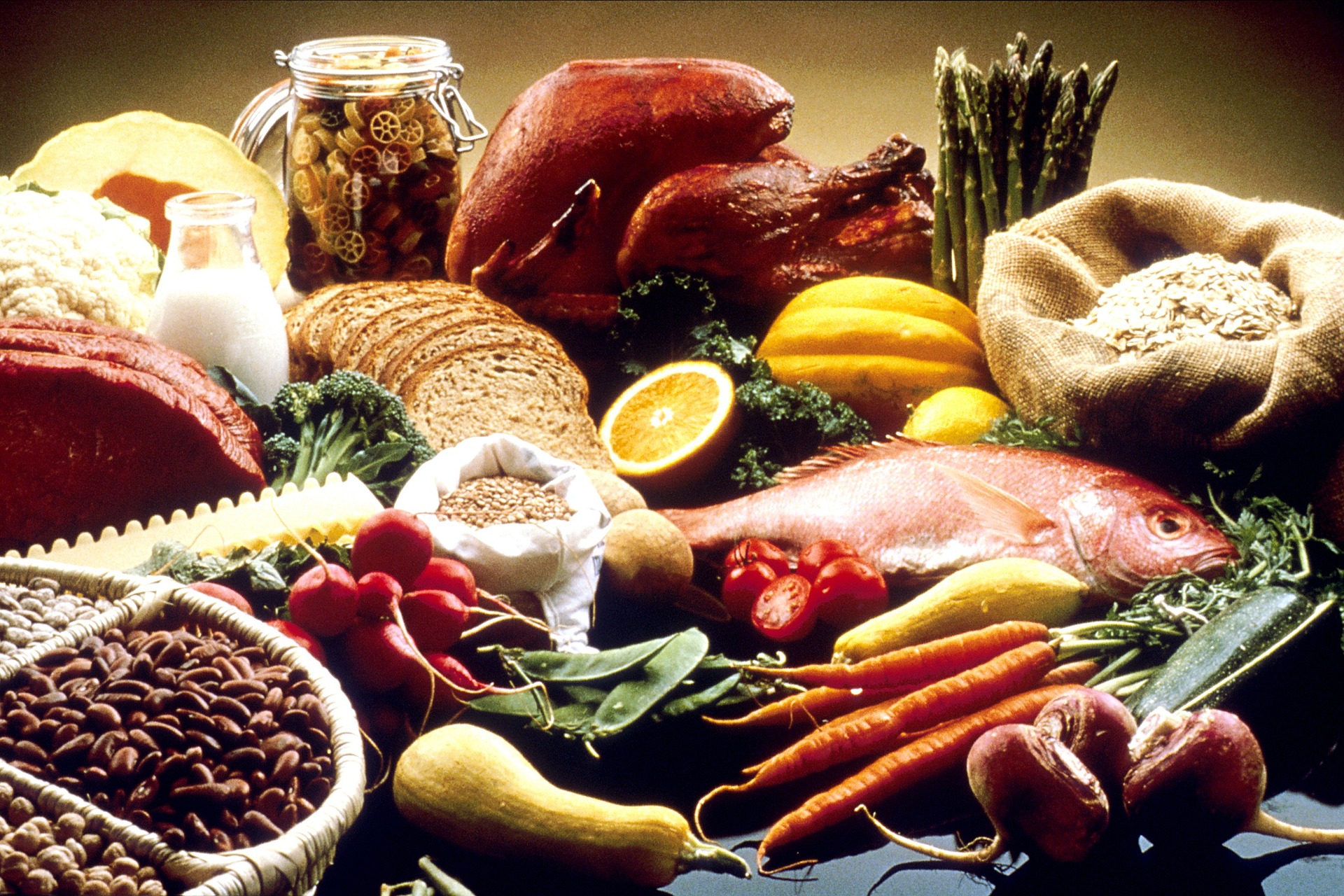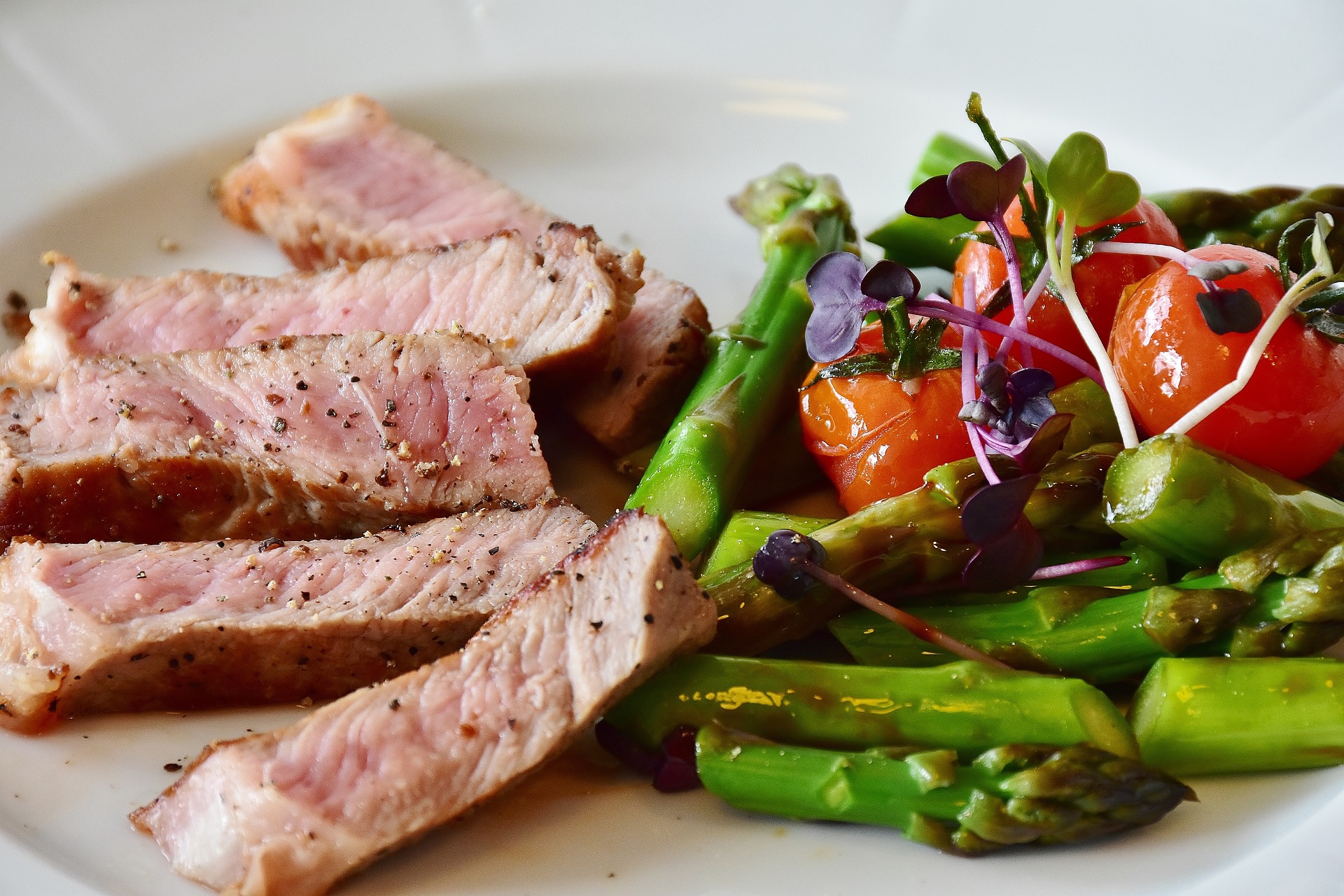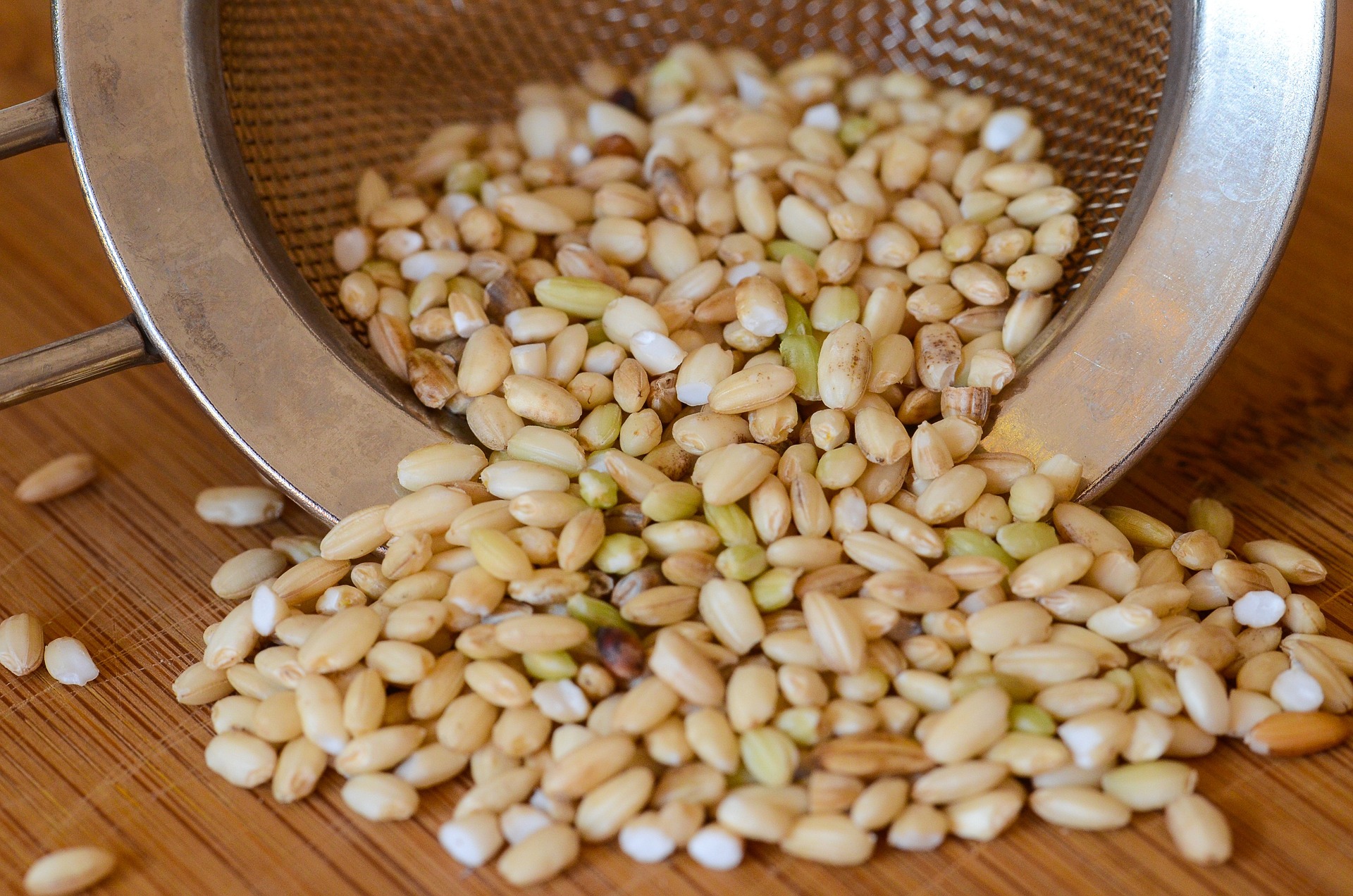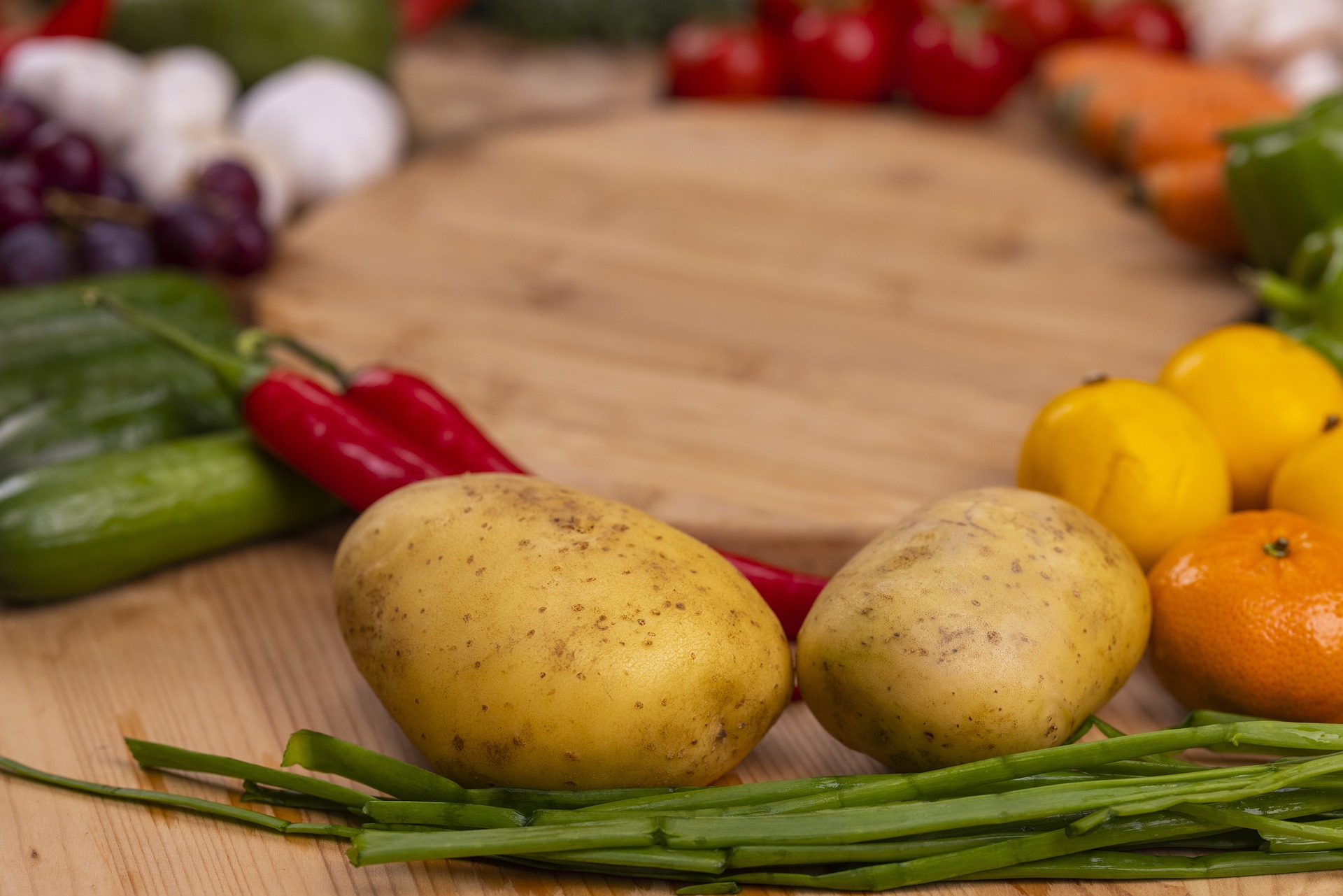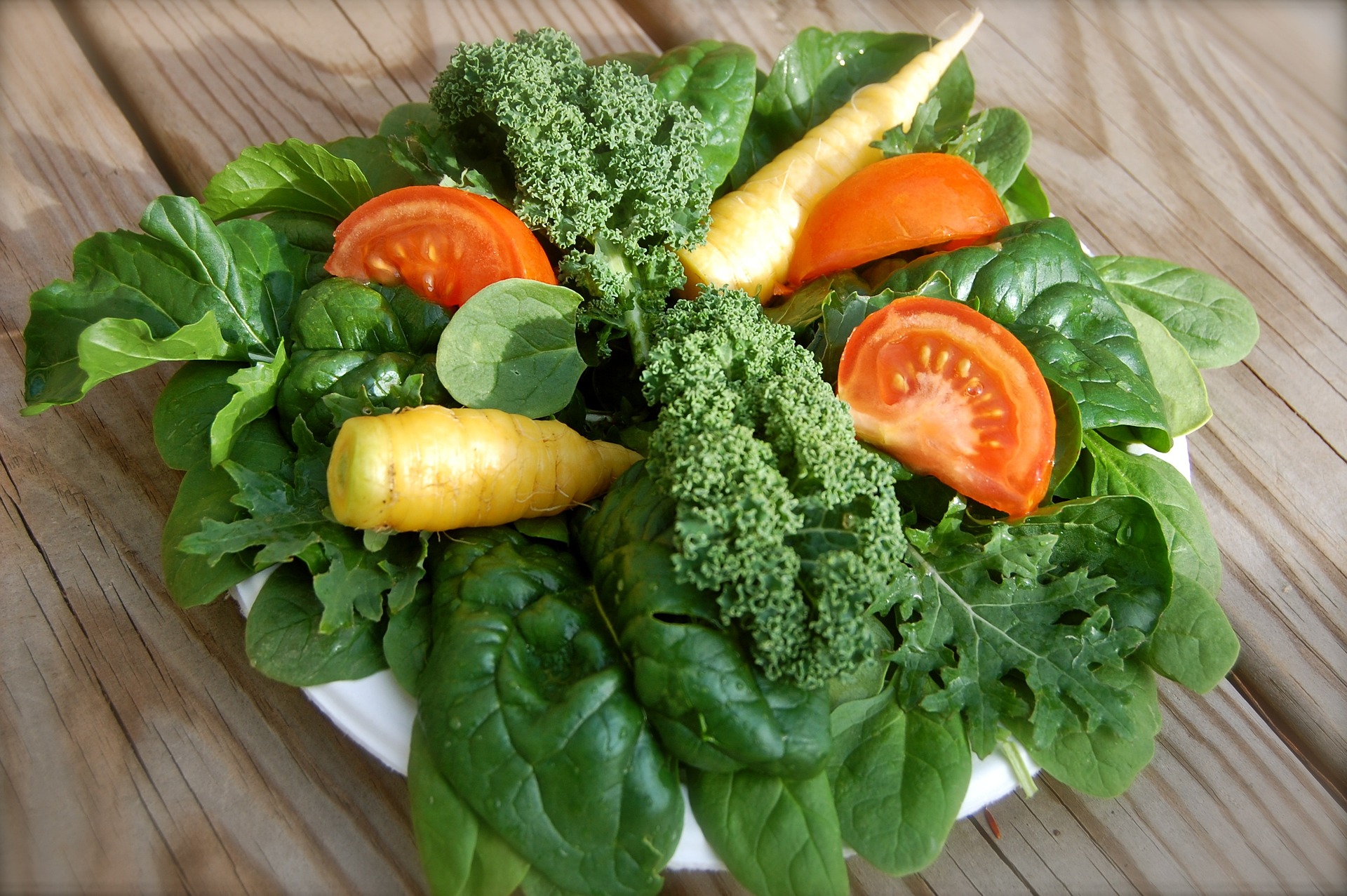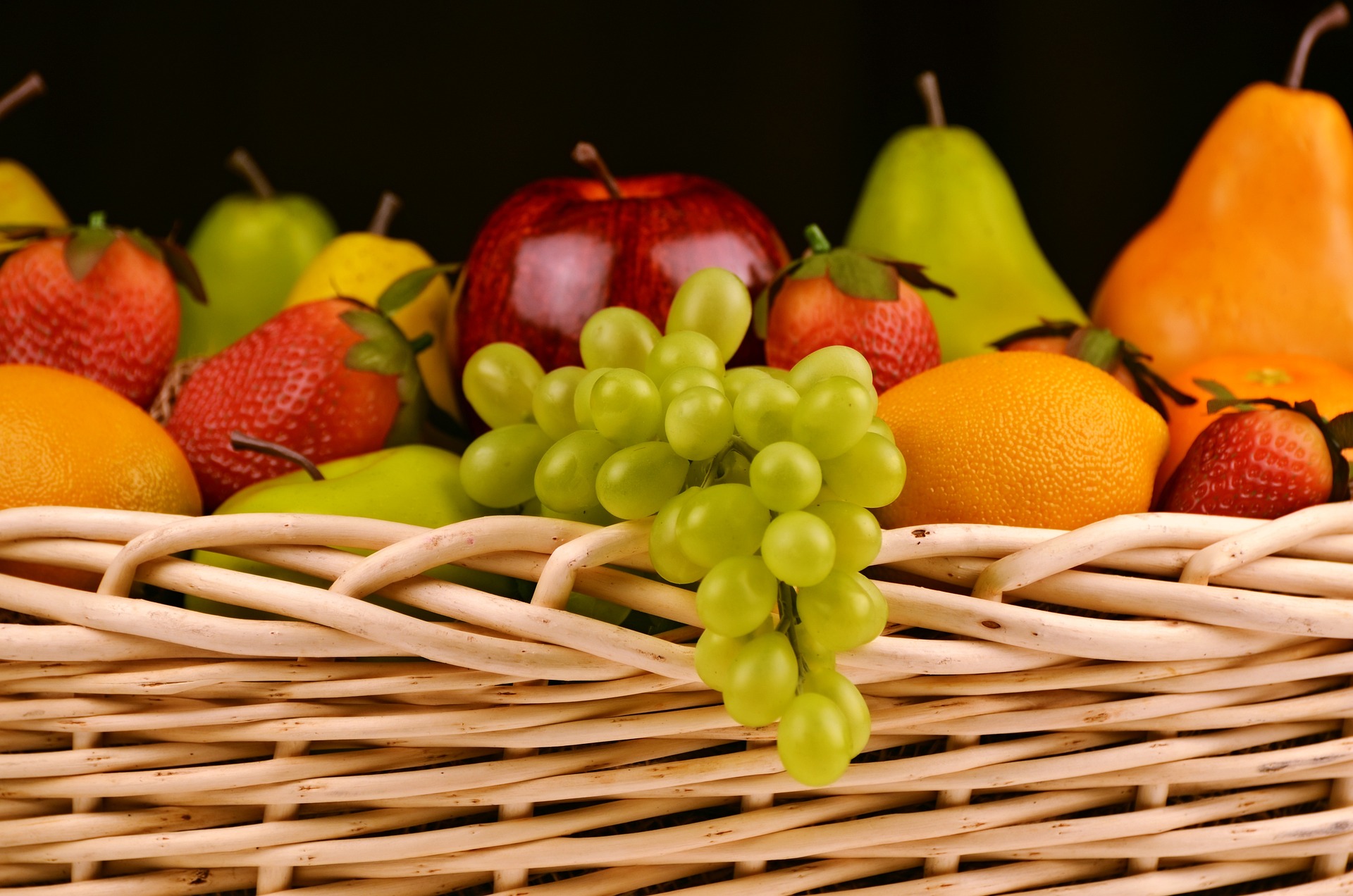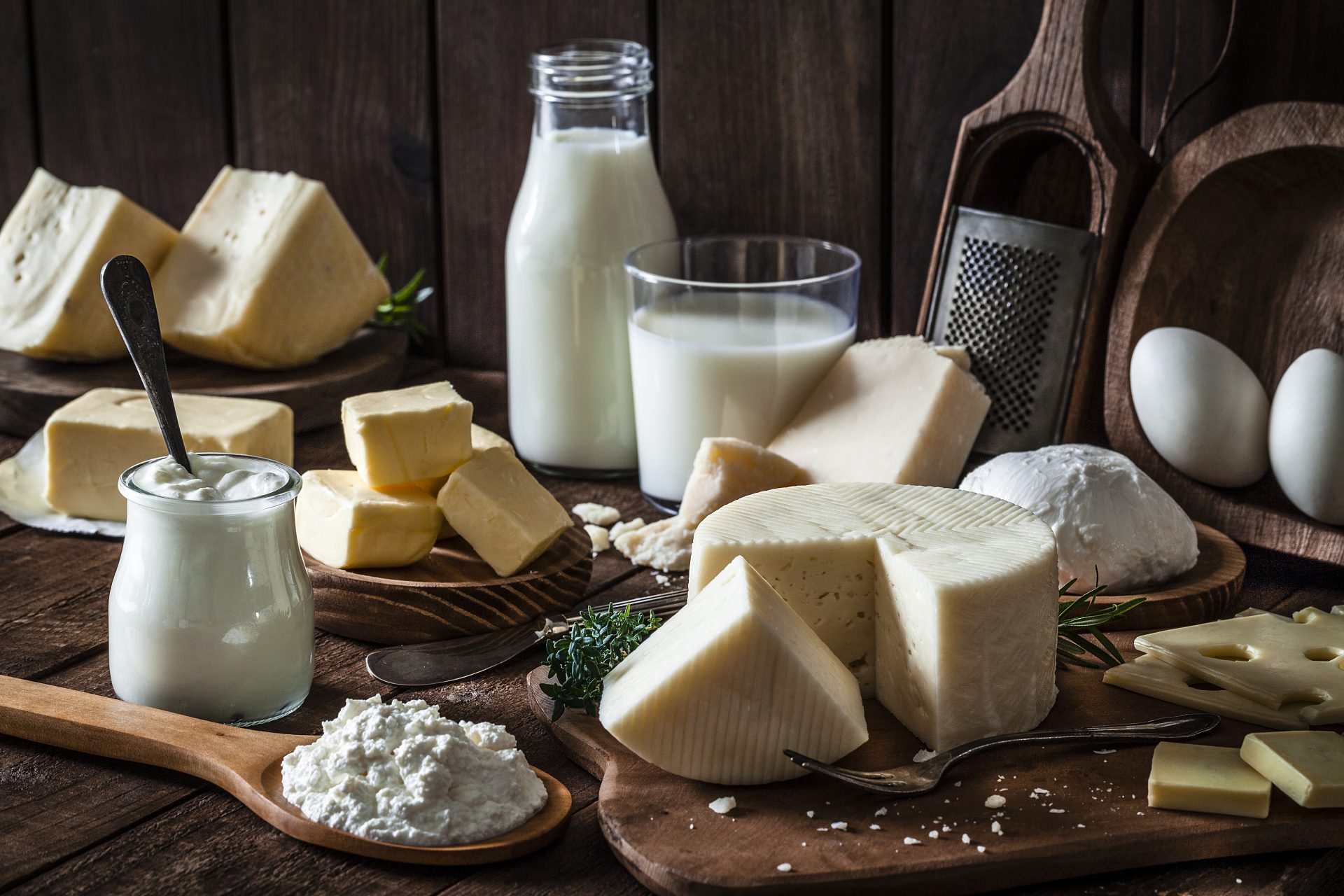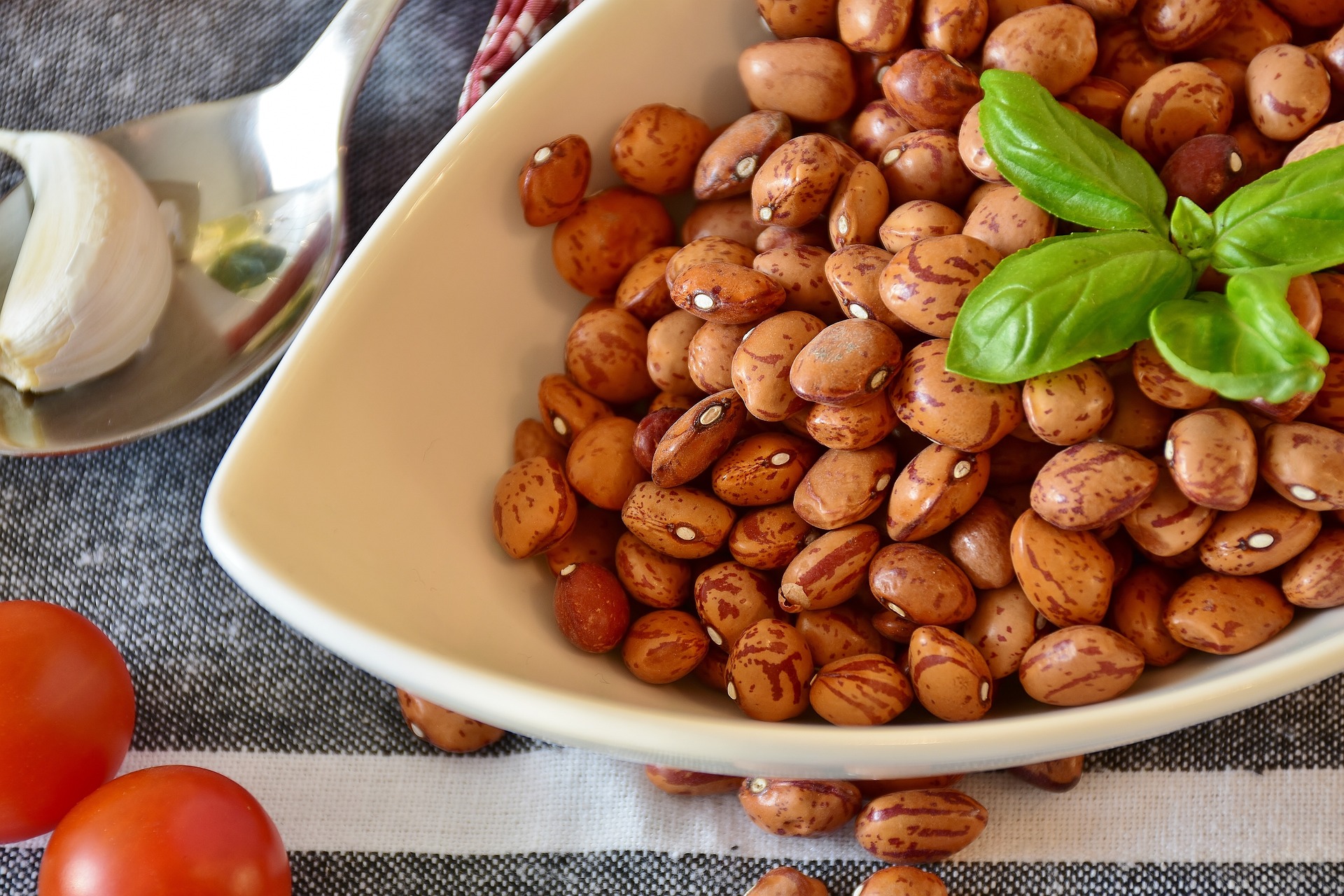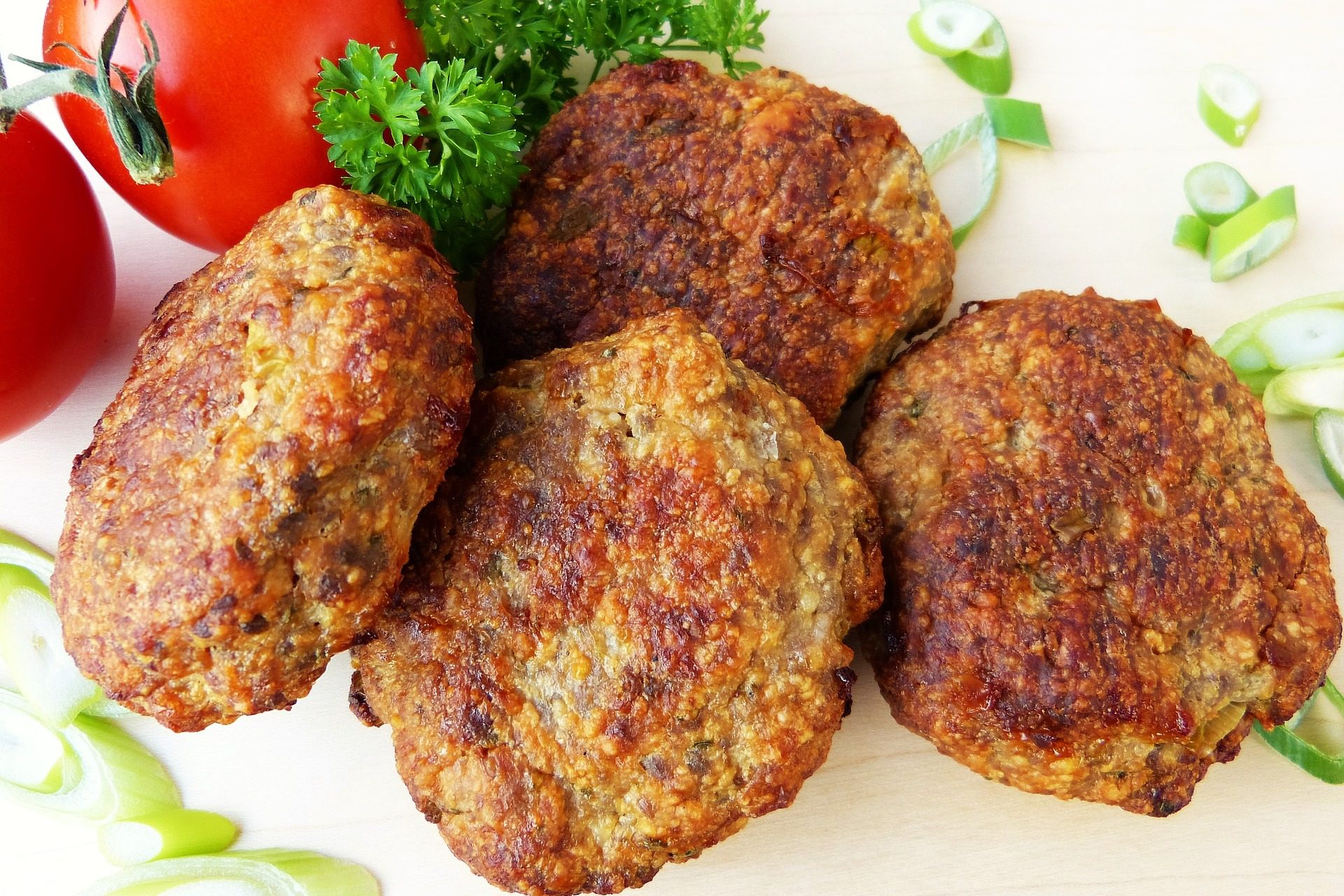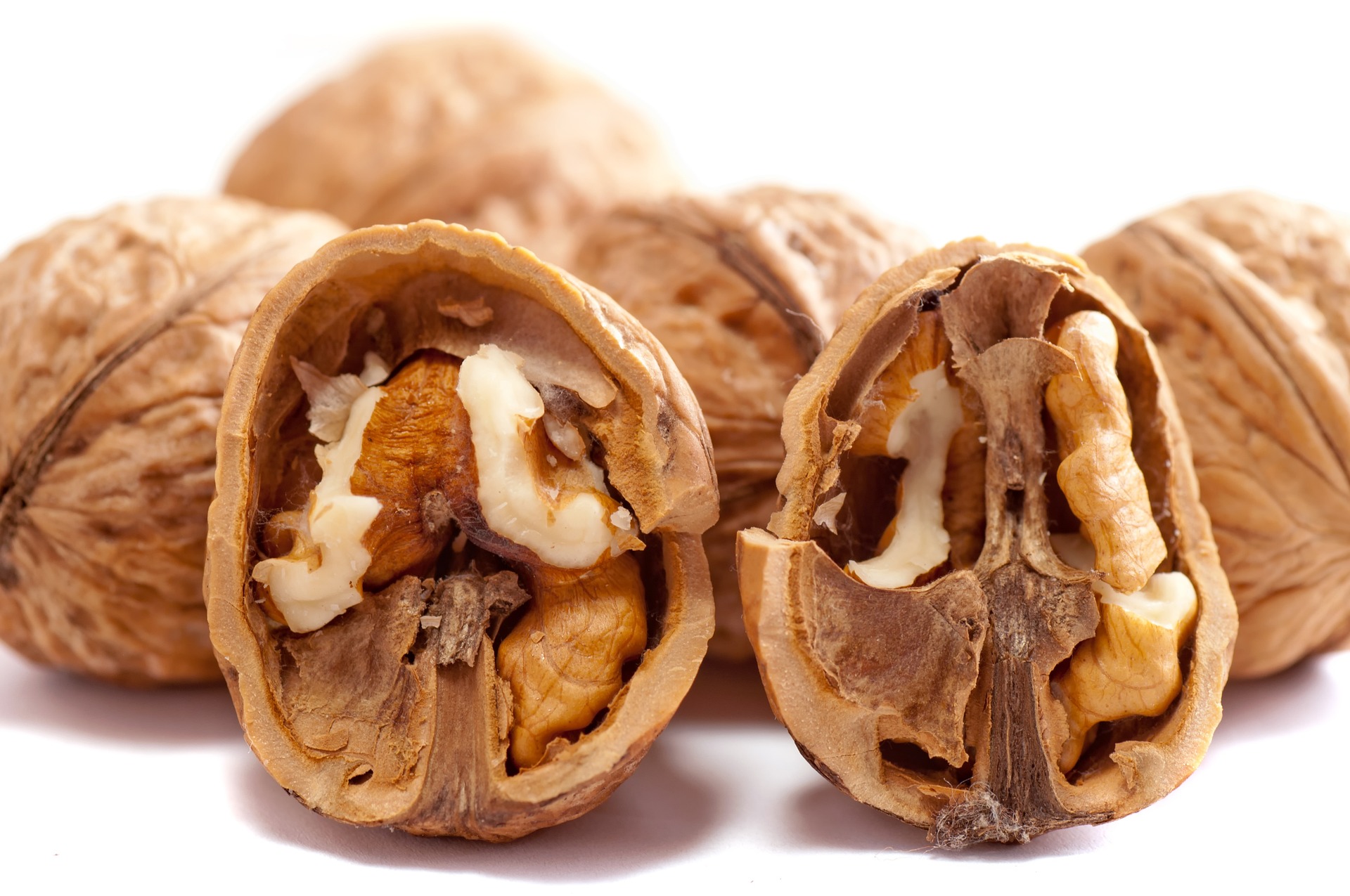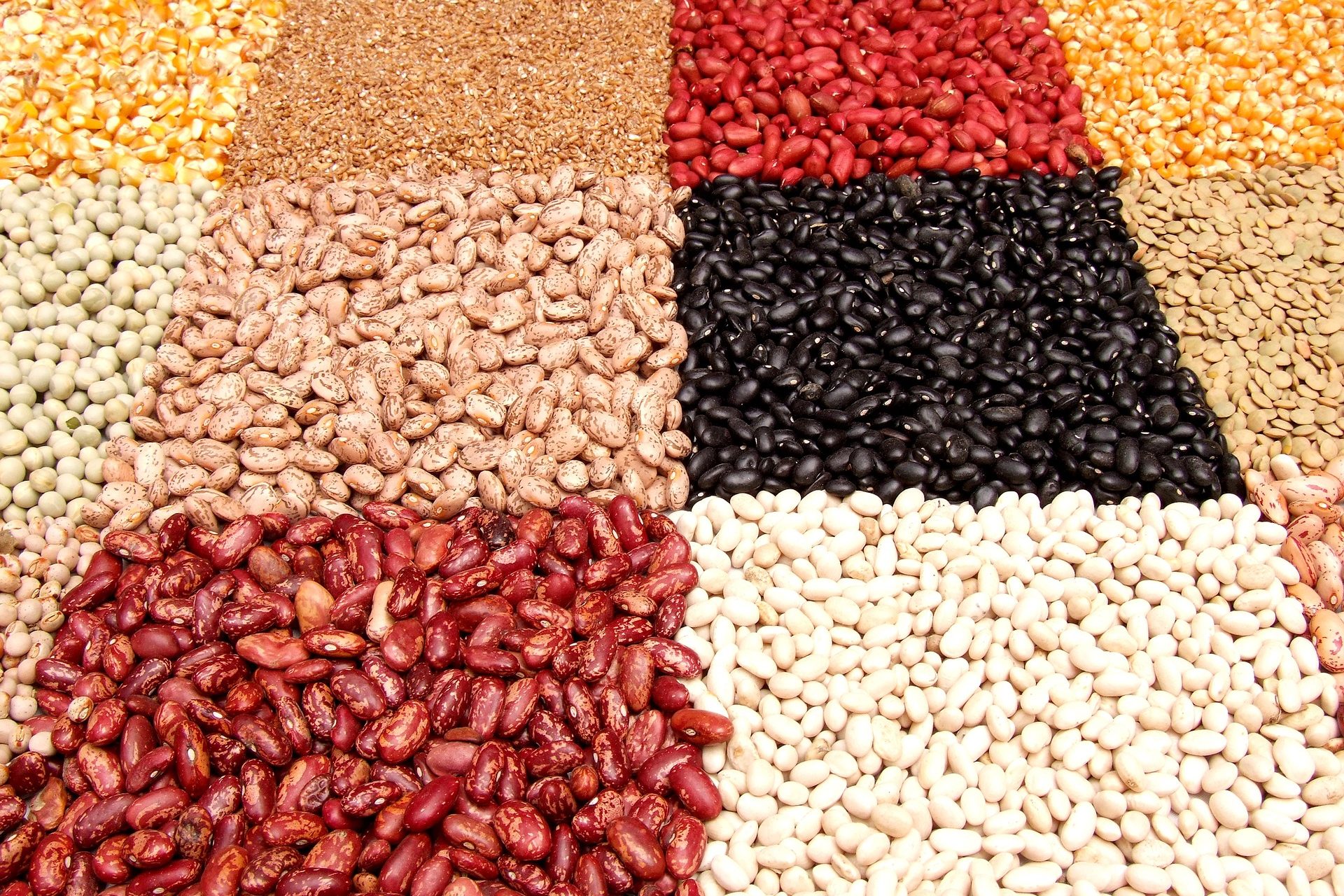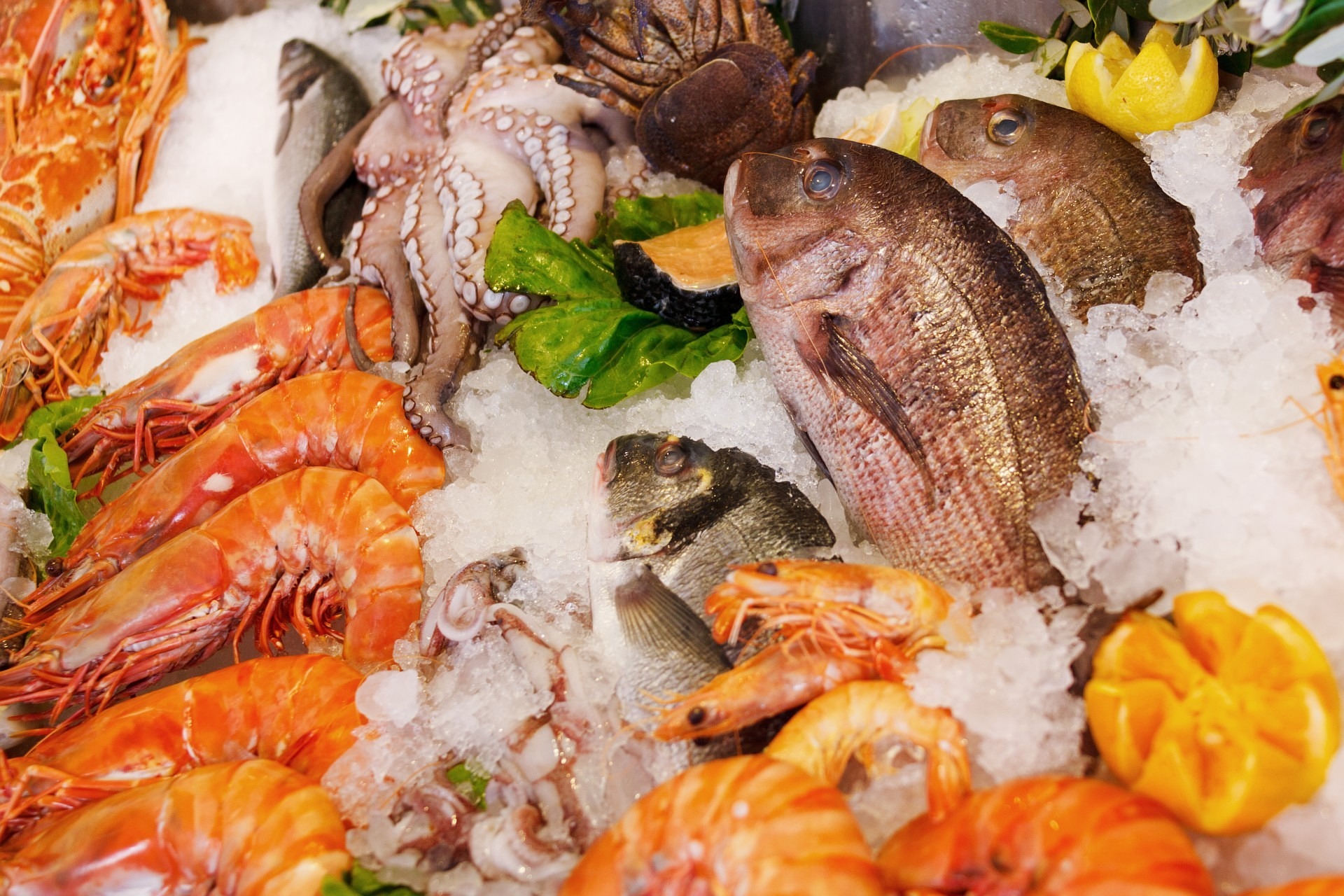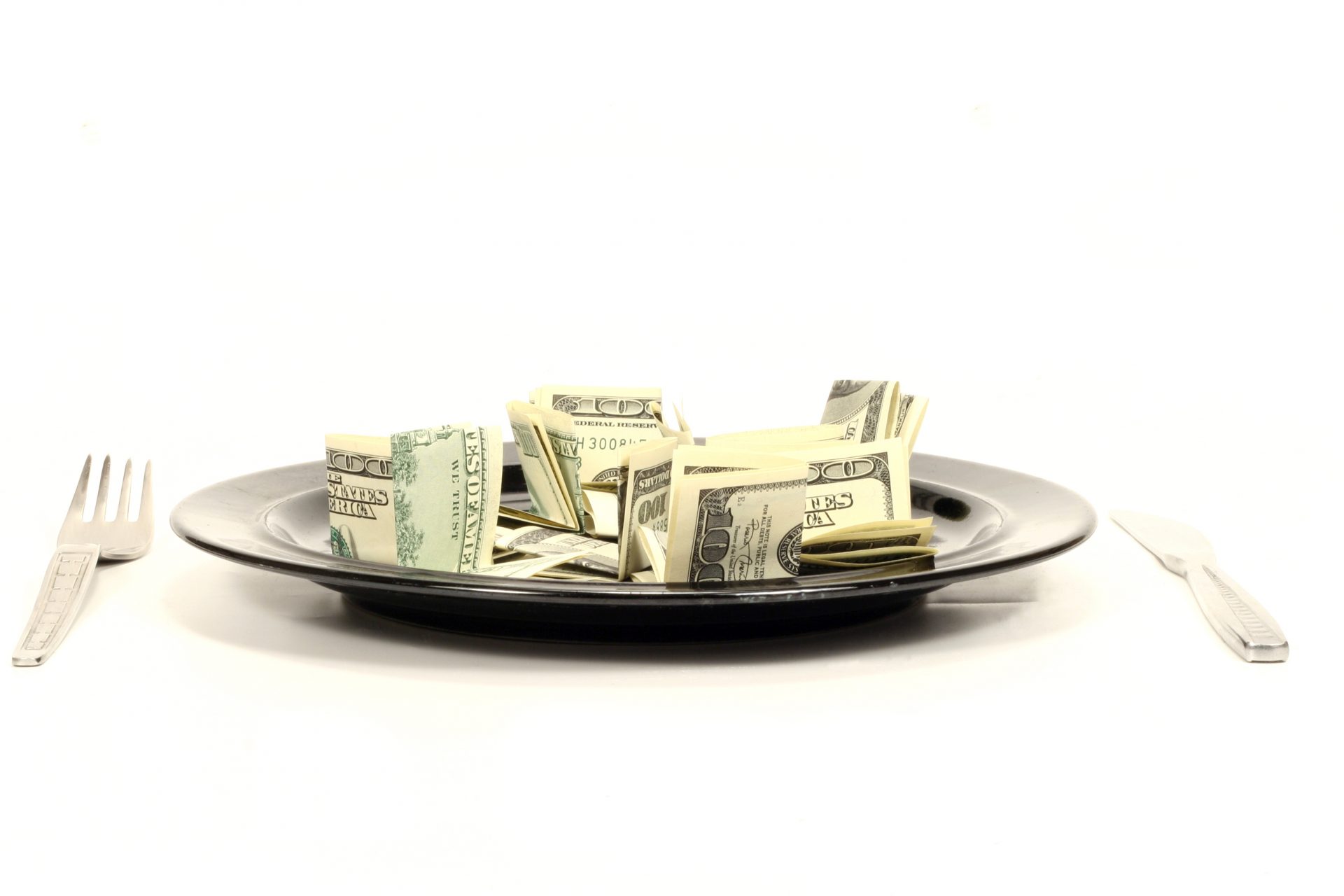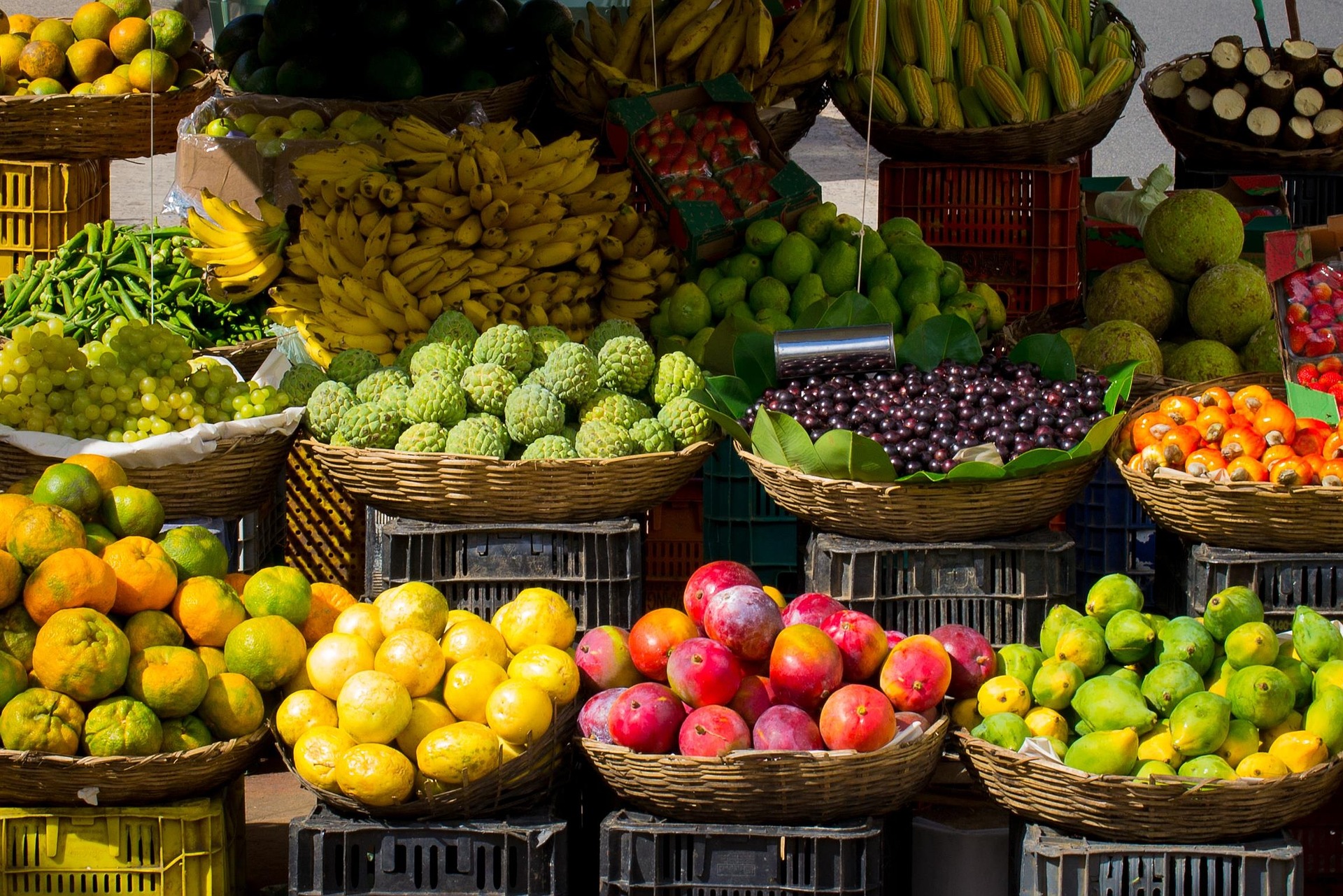Adopting a flexitarian diet may be crucial to saving the planet
According to a study published in the scientific journal Lancet and promoted by the EAT-Lancet Commission on Food, Planet, Health, one of the last hopes for saving the planet from future overpopulation and lack of resources would be to resort to a flexitarian diet.
In order to feed the possible 10 billion people who will populate the Earth in 2050, it will be necessary to take action with a diet that is more respectful of available resources.
Today, in fact, the type of diet most people have does nothing but push our planet towards an irreversible catastrophe. And the flexitarian diet could be the solution, according to some experts.
As the name suggests, the term flexitarian diet refers to a type of flexible diet that involves the daily intake of approximately 2,500 calories.
On the nutritional table proposed by the Lancet in its study, it is immediately clear that it is a predominantly vegetarian diet in which vegetables and cereals represent the main foods.
Photo from Pixabay
The flexibility of this particular diet also includes the intake, albeit in smaller quantities, of products of animal origin, including red meat.
Photo by Rita und mit from Pixabay
Now, let's take a look at the quantities should be eaten every day, according to the flexitarian diet, starting from whole grains which should represent 60% of the daily requirement with approximately 232 grams per day equivalent to 811 calories.
Photo by CogSciLibrarian from Pixabay
As for tubers or starchy vegetables, such as potatoes and cassava, the flexitarian diet allows you to consume 50 grams per day (up to a maximum of 100) equal to 39 calories.
Photo by Engin Akyurt from Pixabay
Eating massive amounts of non-starchy vegetables is an important part of this diet, approximately 300 grams per day (up to a maximum of 600). Specifically, 100 grams of dark green leafy vegetables, another 100 grams of red and orange vegetables and another 100 grams of any type of vegetable for a total of 78 calories per day would be preferable.
Photo by MB35 from Pixabay
If you have a sweet tooth for fruit, know that you can easily add 200 grams per day (up to a maximum of 300) of any type, equivalent to approximately 126 calories.
Photo by diapicard from Pixabay
The flexitarian diet also includes the daily intake of 250 grams of milk-derived foods, such as whole milk or cheese equal to 153 calories per day.
In this diet promoted by the Lancet study, protein sources play an important role and can be of both animal and plant origin.
Photo by Rita und mit from Pixabay
According to the nutritional table published by the study, every day it is possible to eat a minimum of 7 grams of red meat (beef or lamb) for a maximum of 14 grams or the same quantities for pork. As for chicken and other poultry meat the quantities increase from 29 grams up to a maximum of 58. The total calories consumed with these quantities is approximately 92.
Photo by Silvia from Pixabay
The flexitarian diet also includes the introduction of fish from a minimum of 28 grams to a maximum of 100 grams per day equivalent to 40 calories; while for eggs it is possible to eat from 13 to 25 grams equal to 19 calories.
Photo by Wow Phochiangrak from Pixabay
On the flexitarian diet you can eat 50 (up to 100) grams of dried beans, lentils and peas; 25 (up to 50) grams of soy products; 25 (up to 75) grams of peanuts; 25 grams of walnuts. The total calories in this case is 575.
Photo by diapicard from Pixabay
As for added fats, the flexitarian diet includes 6 to 8 grams of oil per day; unsaturated fats for an average of 40 grams per day; lard or beef fat for a maximum of 5 grams per day. The total calories is 450.
Among the notes, the experts add that "for an individual, optimal energy intake to maintain a healthy weight will depend on body size and level of physical activity. The food processing process, such as partial hydrogenation of oils, refining grains and adding salt and preservatives can significantly affect health, but is not addressed in this table."
Photo by Silvia from Pixabay
Furthermore, regarding some foods, it is important to know that: "Wheat, rice, dried beans and lentils are dry and raw. The mixture and quantity of grains can vary to maintain isocaloric intake. Beef and lamb are interchangeable with pork and vice versa. Chicken and other poultry meats are interchangeable with eggs, fish or plant-based protein sources."
Photo by Ariel Núñez Guzmán from Pixabay
According to experts: "Legumes, peanuts, nuts, seeds and soybeans are interchangeable. Seafood consists of fish and shellfish (for example, mussels and shrimp) and comes from both fishing and farming."
Photo by PublicDomainPictures from Pixabay
Finally: "Unsaturated fats represent 20% of olive, soybean, canola, sunflower and peanut oils. Some lard or beef fats are optional in cases where pigs or cattle are consumed."
Photo by Steve Buissinne from Pixabay
This type of diet has not been without controversy, especially regarding the price. According to another study, also published by the Lancet, this type of diet would cost $2.84 per person per day, an unsustainable cost for low-income countries.
The costs relating to fruit and vegetables, 31.2% of the total, weigh heavily on the economic budget of a family in these countries. This means that for 1.6 billion people this diet is currently unsustainable, according to Focus.
Photo by tookapic from Pixabay
More for you
Top Stories







